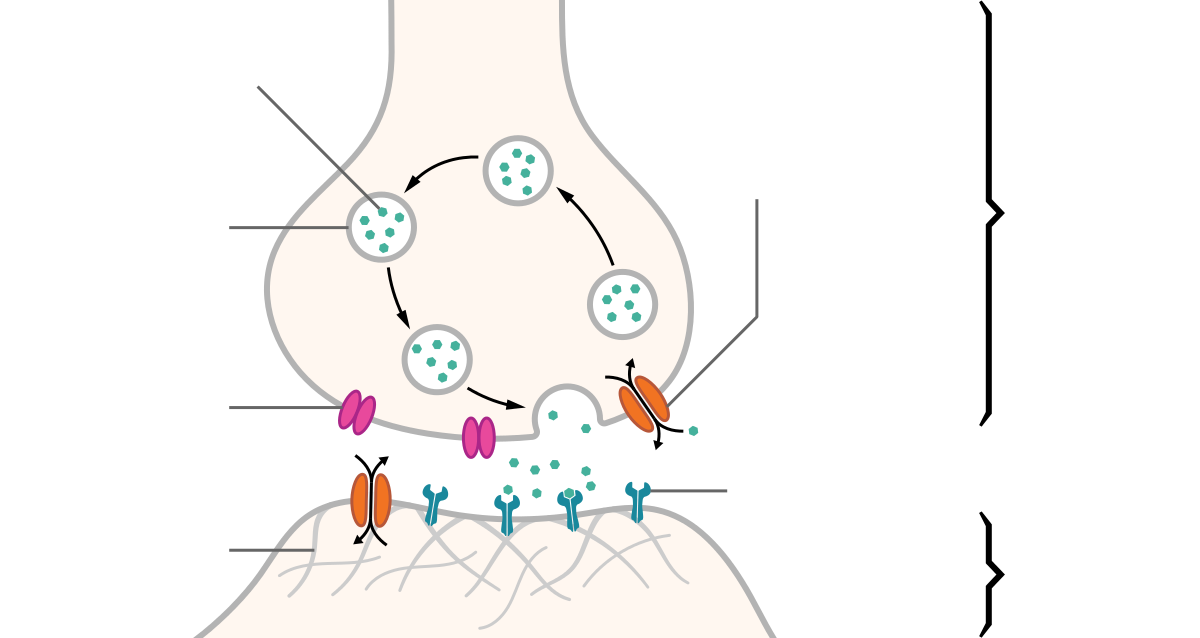I posted something like this early in July, a list of articles I had read up to that point and thought were interesting. And this is the second post in the series.
- Ledford H.,(2015): CRISPR, the disruptor, Nature 522, 20–24
- Reardon S.,(2015): DNA editing in mouse embryos prevents disease, in Nature, News
- Reardon S.,(2015): Ethics of embryo editing paper divides scientists, in Nature
- Laird D.W.,Lampe D.P., Johnson G.R.,(2015): Defects in structures that connect cells underlie many diseases, Scientific American 312, no.5
- Kwon D., (2015): What are you doing with my DNA?, Scientific American online
- Courage H. K.(2015): Octopus Genome Reveals Secrets to Complex Intelligence, Scientific American online, also read about it in Nature

